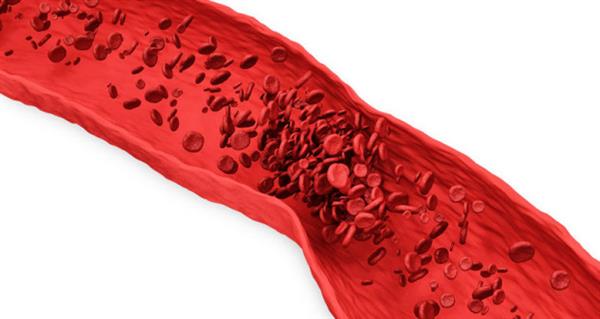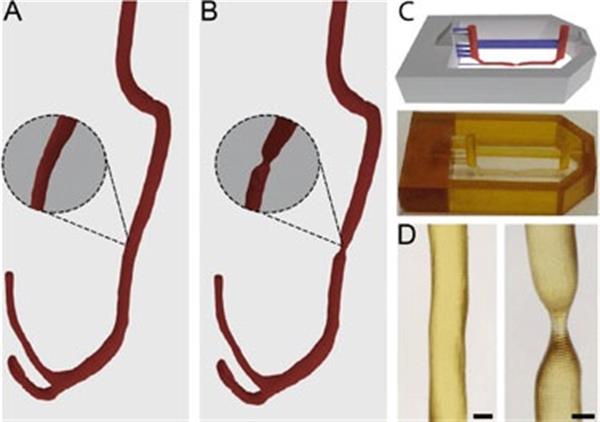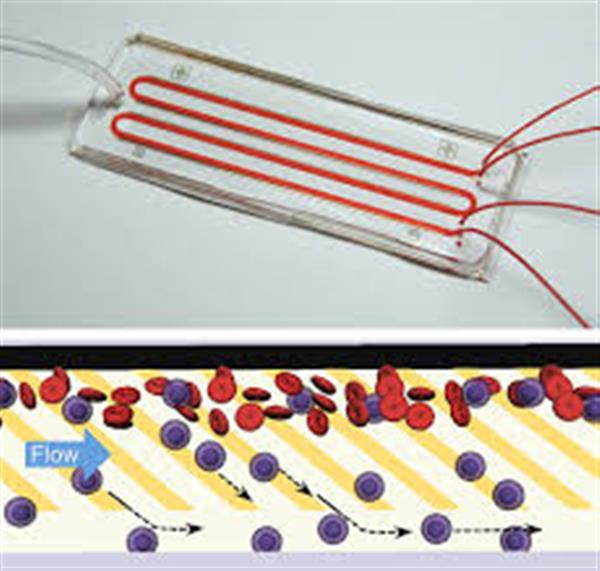OFweek 3D Printing Network For many years, medical researchers have combined 3D printing technology with microfluidic systems to achieve significant breakthroughs, and another recent development in this area is expected to save many lives. A team from the University of Utrecht in the Netherlands and the University of Belgian in Belgium conducted an experiment to reveal the cause of arterial thrombosis.

Arterial thrombosis, also known as a blood clot, can cause heart disease and stroke, and can be fatal, with more than 14 million people worldwide dying of this condition. Medical experts are eager to know more about these ways of thrombosis, and what benefits them is a fine-knot model that mimics the interaction between blood vessel walls and blood flow. The latest vascular model developed by researchers in the Netherlands and Belgium is by far the most detailed model of arterial 3D geometry and blood flow through the arteries.

The team is working on a blood clot that is formed by narrowing blood vessels. They used angiography (CTA) to acquire real blood vessel data and then printed it into a negative pressure mode using stereoscopic imaging 3D printing technology. The negative pressure mold is then filled with polydimethylsiloxane (PDMS) and a crosslinker mixture, which is finally cured into a microfluidic tube that mimics the vascular access.
The microfluidic wall is coated with human umbilical vein endothelial cells (HUVECs), and then the whole blood of humans with fluorescently labeled platelets is perfused at a physiologically relevant shear rate. The researchers succeeded in establishing platelet aggregation, leading to the formation of blood clots, and they also observed an increase in the downstream flow of narrowed blood vessels.

The success of this new approach means that many other applications are possible, and research in this area has taken a huge leap. The team believes that the results produced by this 3D model can be easily cross-referenced with real fluids, applying systems biology methods to research. Patient-specific vascular models developed in the future are also feasible.
Create additional seating or a large serving station with this fold-in-half table. It has a heavy-duty, non-corrosive metal frame and a sturdy plastic top that's easy to maintain. This multipurpose table is lightweight and portable.

It also has rounded edges for improved safety. Additionally, it features an attached carry handle and folds flat for convenient transport and compact storage. It seats six people comfortably making it a handy addition during special events like family reunions, weddings, and holidays.
Fold In Half Tables,Fold In Half Folding Table,Fold In Half Banquet Table,Fold In Half Plastic Table,Fold In Half Table
jiangsu concentric internatinal ltd , https://www.jsconcentriccorps.com